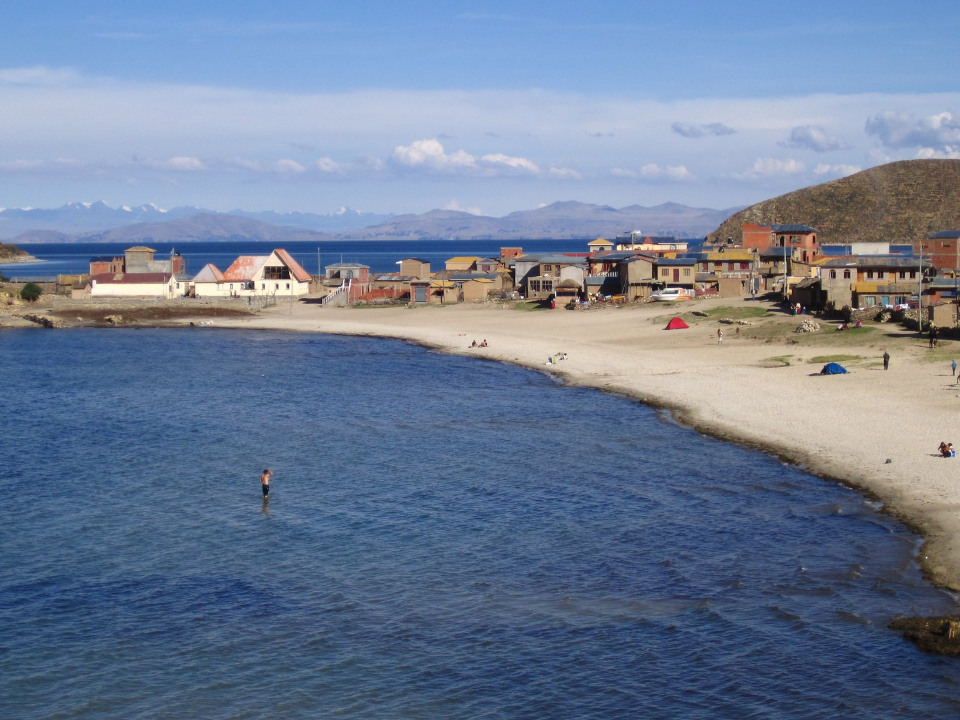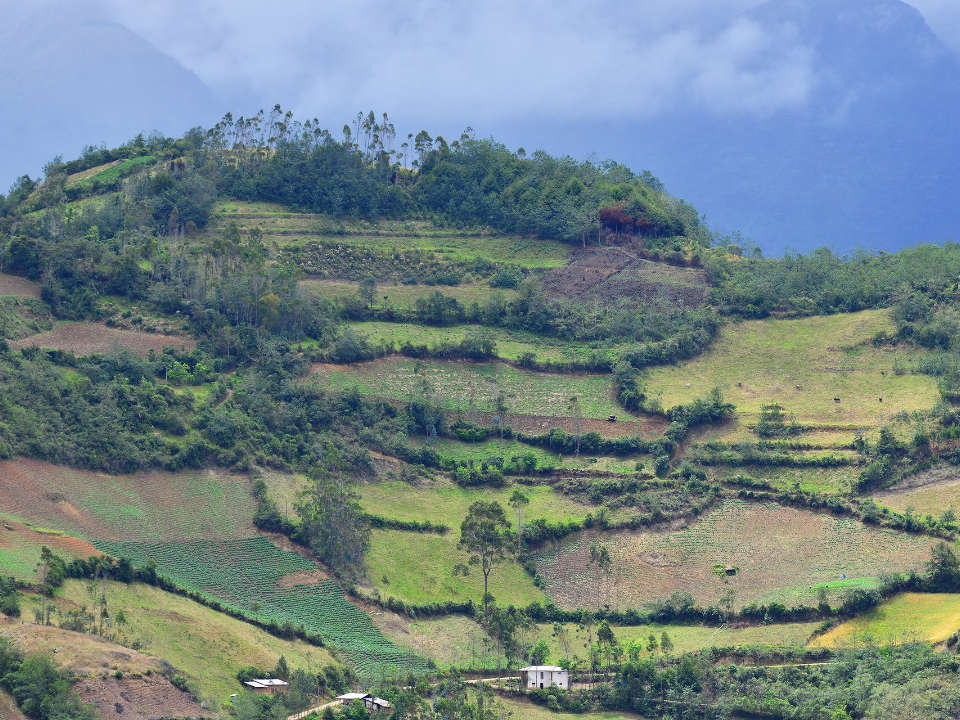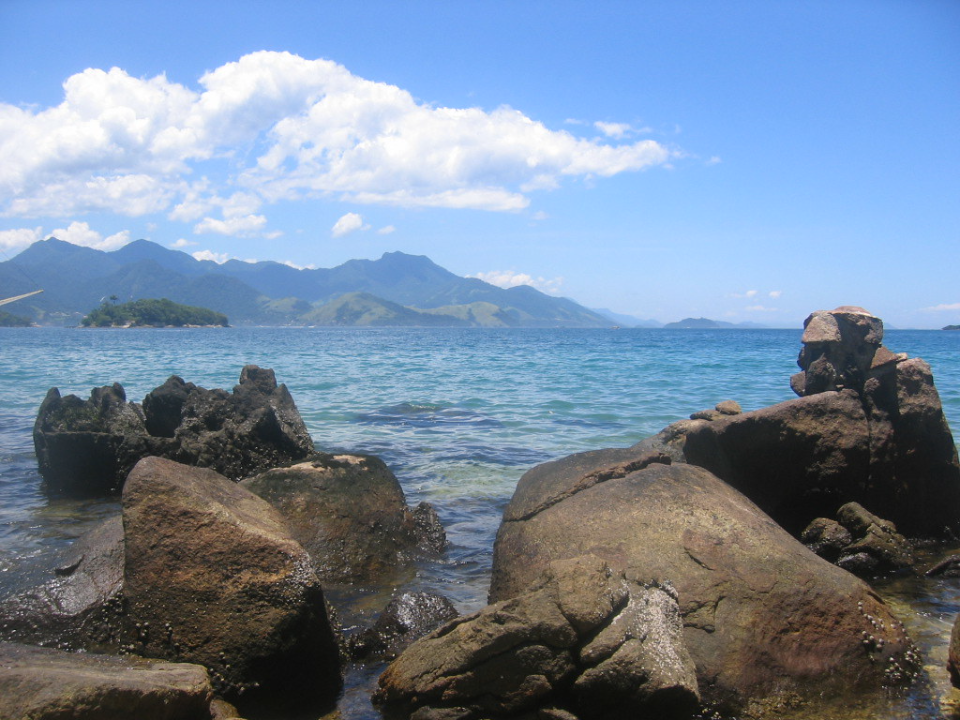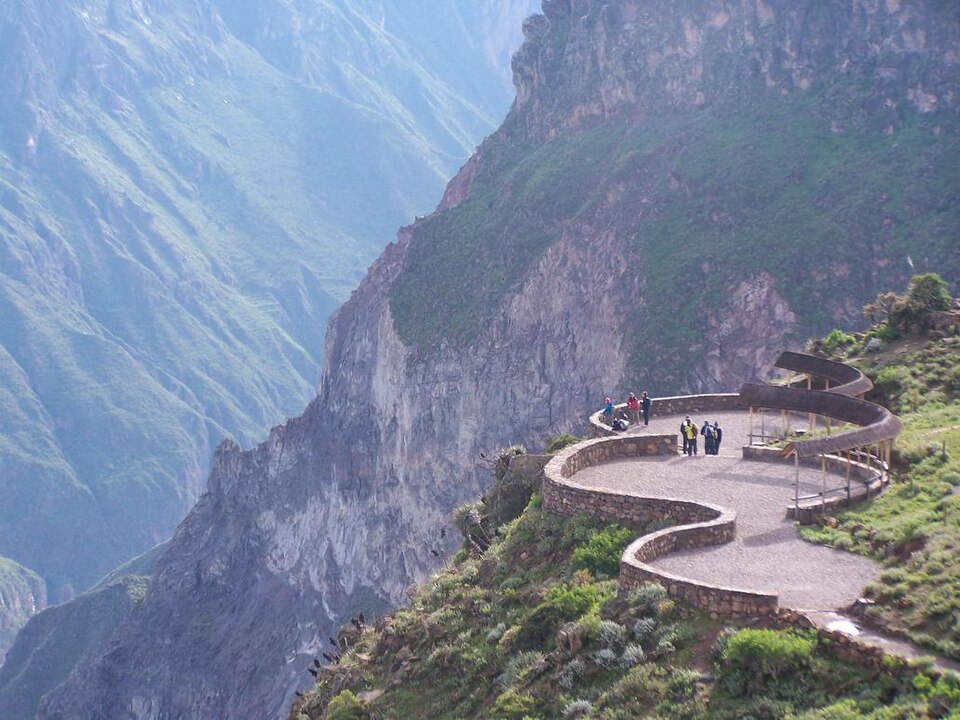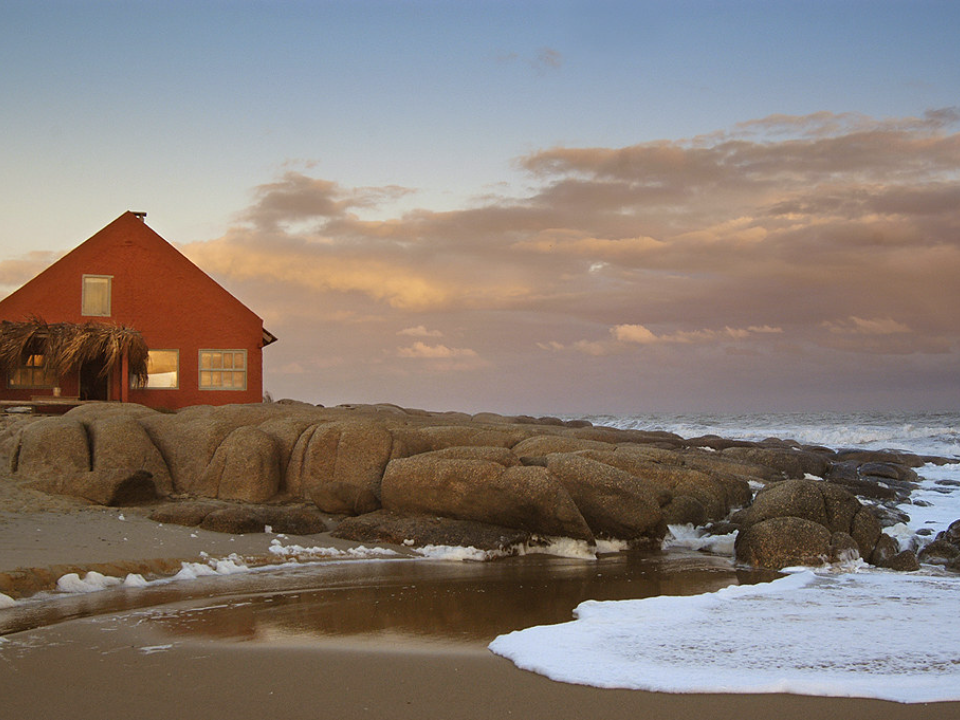15 Hidden Gems in South America Off the Beaten Path
South America is filled with well-known destinations, but many places remain quiet and less traveled. These hidden spots offer peaceful views, rich culture, and memorable experiences without the usual crowds. Some are small villages, while others are remote natural wonders. Each one has its own story and charm that make the journey worthwhile. Getting there may take extra time or effort, but the reward is often a deeper connection to the land and people. Whether you enjoy hiking, relaxing by the beach, or learning about local traditions, something is waiting to be explored.
This post may contain affiliate links, which helps keep this content free. Please read our disclosure for more info.
El Chiflón del Diablo, Chile
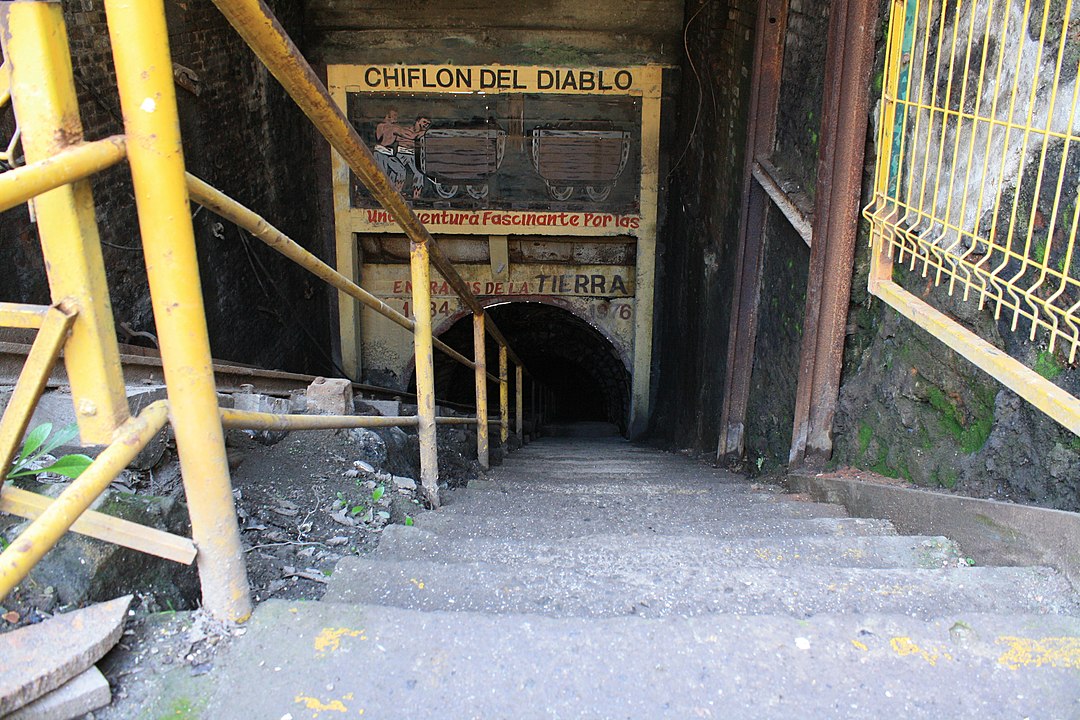
El Chiflón del Diablo is a former coal mine located in Lota, Chile. Although it is not widely known among tourists, it offers a rare experience that gives a glimpse into the life of miners. Visitors can go underground with a guide, who usually has firsthand experience working in the mine. The name translates to “The Devil’s Blast,” a reference to the strong gusts of wind inside the tunnels.
The atmosphere inside is dark and cool, and the stories shared during the tour leave a strong impression. Above ground, the site includes a small museum with historical displays. The area also has coastal views and gardens that provide a peaceful contrast to the gritty underground tunnels. It is a meaningful stop for those interested in Chilean history.
Ciudad Perdida, Colombia
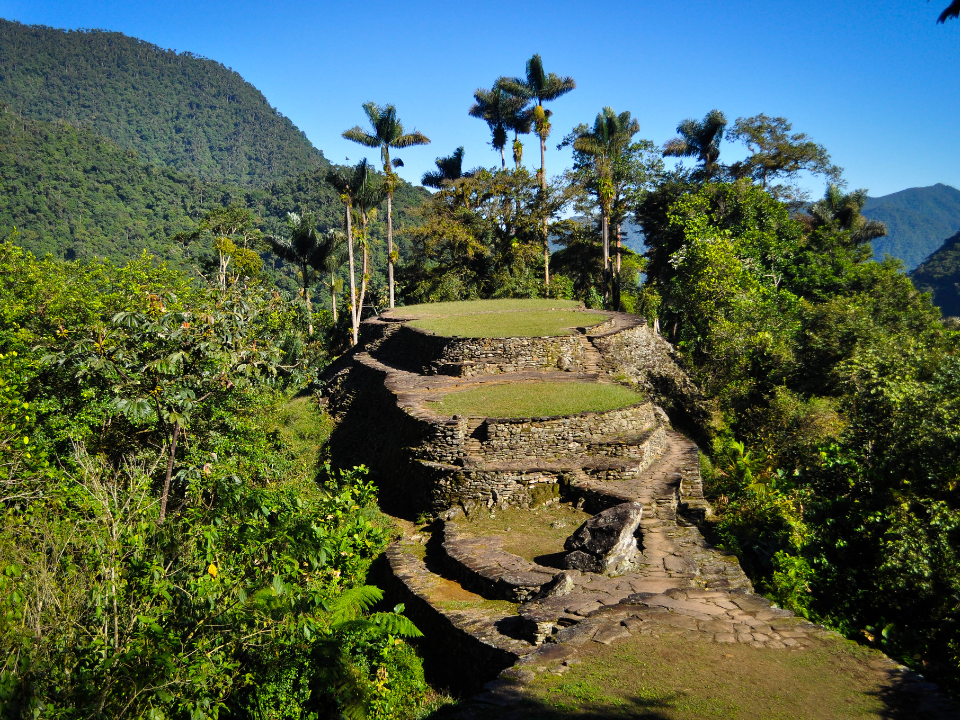
Ciudad Perdida, also called the Lost City, is nestled deep in the Sierra Nevada mountains. It requires a multi-day trek through jungle terrain, making it far less crowded than other historical sites in the region. The path winds through rivers, dense foliage, and small villages inhabited by Indigenous communities. Along the way, hikers see beautiful views and wildlife.
The site itself features stone terraces and staircases built by the Tayrona people long before the arrival of the Spanish. It feels remote and untouched, which adds to the atmosphere. Local guides share insights about the culture and beliefs of the ancient civilization. Reaching the Lost City brings a sense of reward after the long journey.
Cabo Polonio, Uruguay
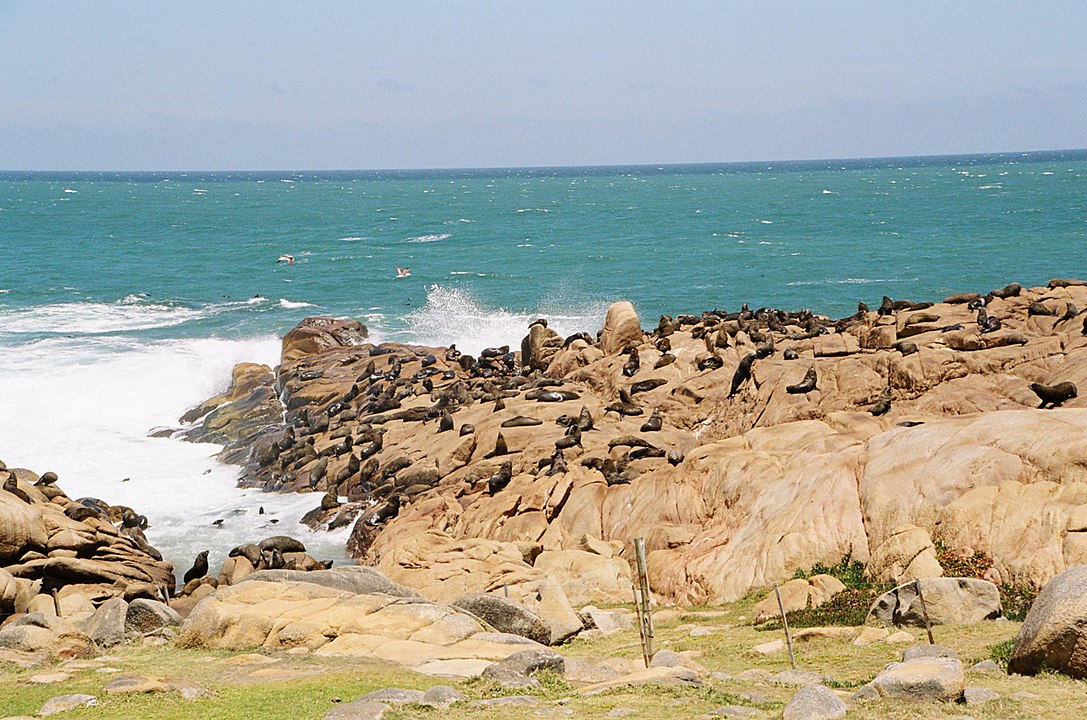
Cabo Polonio is a tiny coastal village with no roads leading into it. The only way to reach it is by riding through sand dunes in special trucks from a nearby checkpoint. The village has no electricity in most homes, and the pace of life is much slower than in the cities. Visitors often enjoy stargazing, as there is no light pollution.
There is a large sea lion colony nearby, and the beaches stretch out for miles. Small hostels and restaurants serve fresh seafood and homemade meals. A lighthouse overlooks the area and can be climbed for panoramic views. This is a peaceful place to unwind and reconnect with nature.
Quebrada de las Señoritas, Argentina
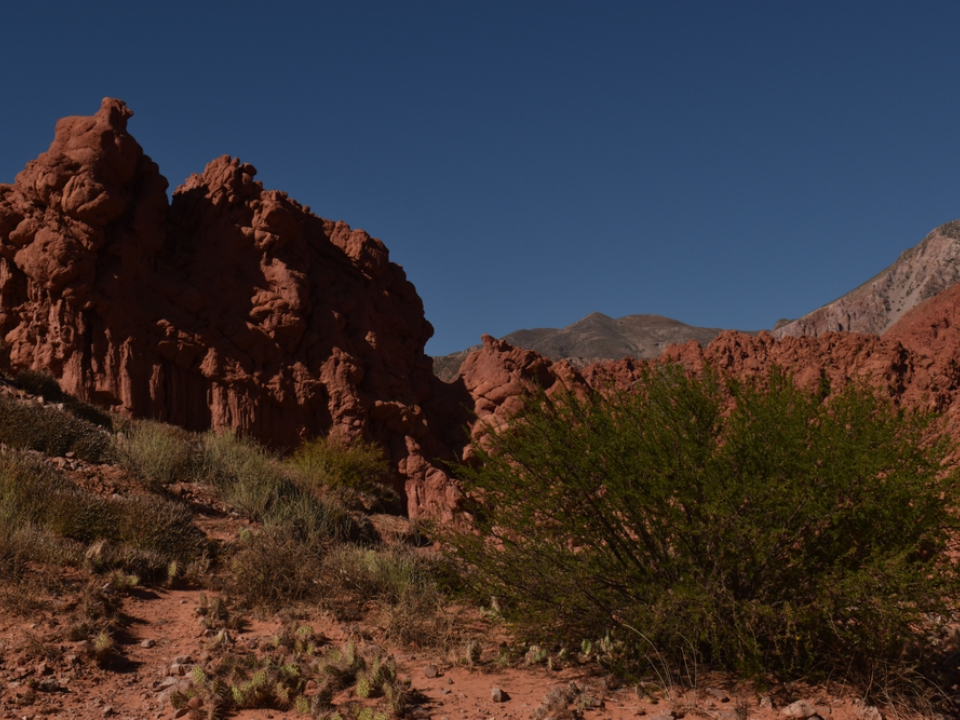
Located near the village of Uquía in northern Argentina, this area is known for its colorful rock formations. The path through Quebrada de las Señoritas is not heavily visited, so it feels quiet and secluded. The rocks appear in deep reds, purples, and browns, creating a dramatic scene. The terrain is dry and rocky, but not difficult to walk through.
Local legends tell of women who once hid in these canyons during times of conflict. There are also signs of ancient settlements nearby. The route is short, making it ideal for a day trip from nearby towns like Humahuaca. Visitors often pair it with other cultural stops in the region.
Valle de Cocora, Colombia
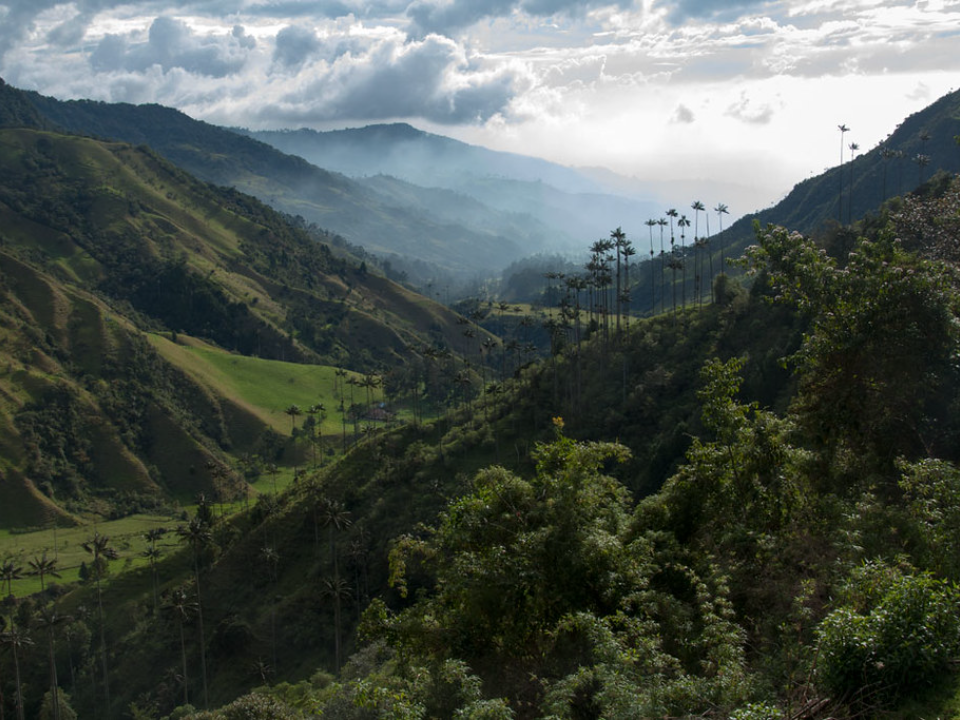
Valle de Cocora is located near Salento and is home to Colombia’s national tree, the wax palm. These palms can grow up to 200 feet and rise above misty green valleys. While it is gaining popularity, it is still far less crowded than most hiking spots in South America. The trails pass through cloud forests, pastures, and small creeks.
Visitors often begin the hike on horseback or on foot and can loop back through different paths. There are several viewpoints perfect for photos. The area is part of a protected national park, and many birds, including hummingbirds, can be spotted. It is a good balance of nature and gentle adventure.
Parque Nacional Madidi, Bolivia
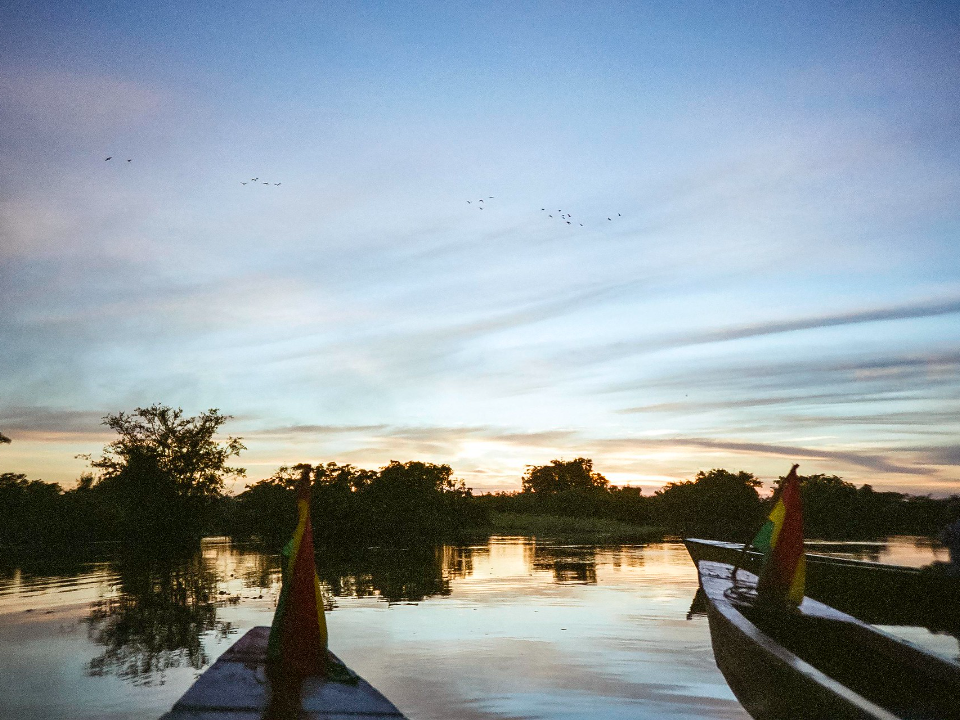
Madidi is one of the most diverse national parks in the world, yet very few people visit. Located in the upper Amazon basin, it contains jungle, rivers, and mountains. Guided tours often begin in Rurrenabaque and include overnight stays in eco-lodges. The park is home to hundreds of bird species, monkeys, and jaguars.
Visitors learn about native plants and their uses from local guides. The trip involves boat rides, forest walks, and sometimes night hikes to spot animals. It feels untouched compared to more commercialized rainforest tours. Madidi is a good choice for those looking for a deeper nature experience.
Laguna Brava, Argentina

Laguna Brava is a salt lake located in the La Rioja province of Argentina. It sits high in the Andes, at around 14,000 feet above sea level. The journey to reach it includes dirt roads and wide-open landscapes. The area is mostly visited by travelers in four-wheel-drive vehicles.
The lake is surrounded by volcanoes and hills, and flamingos often gather there. Old ruins of an abandoned customs post sit nearby, once used when traders crossed the Andes. The extreme altitude and remoteness make it feel like another world. Few tourists come here, adding to the sense of solitude.
Isla de la Plata, Ecuador
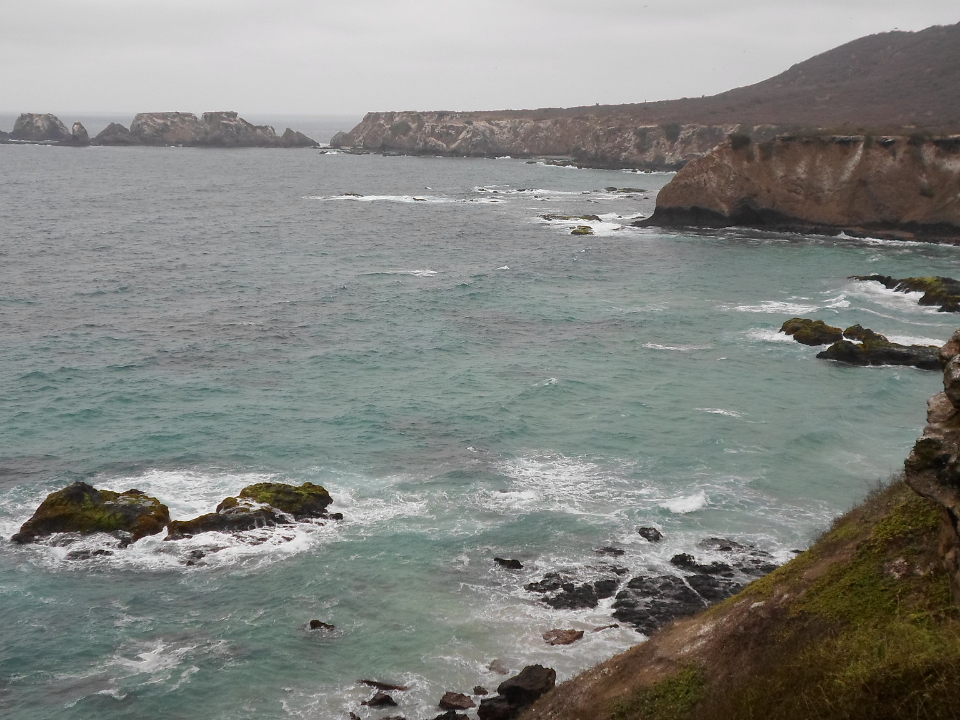
Isla de la Plata lies off the coast of Ecuador and is often called the “poor man’s Galapagos.” It has many of the same animal species, such as blue-footed boobies and sea turtles. Boats leave from Puerto López and take about an hour to reach the island. Guided walking tours follow set paths to protect the ecosystem.
During certain months, humpback whales can be seen from the boat ride over. Snorkeling is popular in the clear waters around the island. The island is small enough to explore in a day but offers rich wildlife and scenic views. It is a strong alternative for those who cannot make it to the Galapagos.
Parque Nacional Sajama, Bolivia
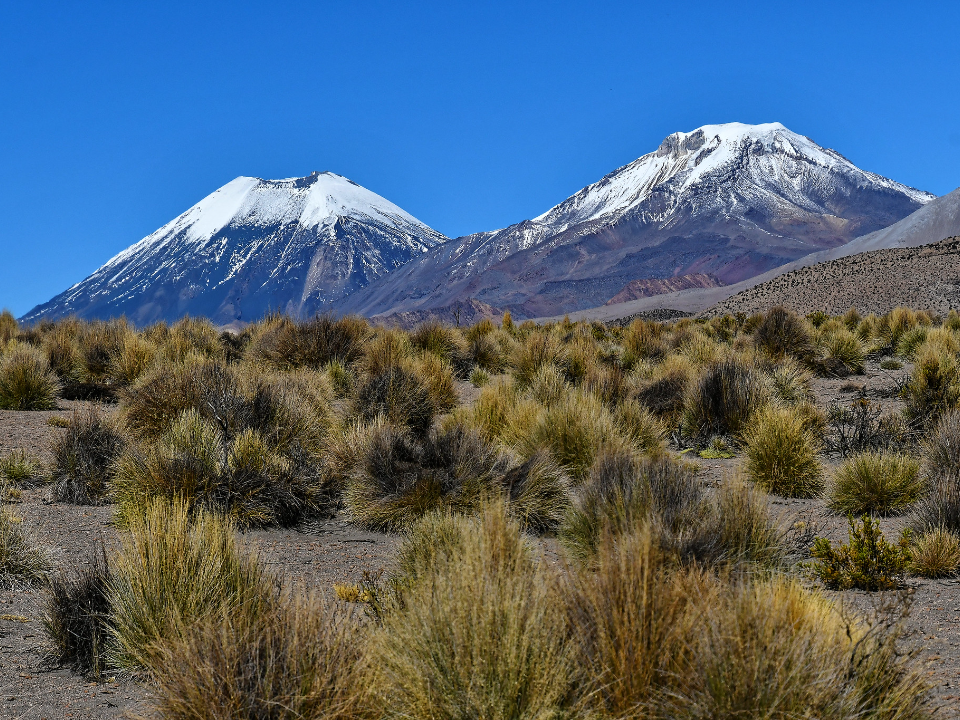
Sajama National Park is home to Bolivia’s highest peak, Nevado Sajama. The region features snow-covered volcanoes, open plains, and hot springs. It is part of the Andes but does not receive large numbers of tourists. Villages inside the park provide a glimpse of rural life.
Herds of llamas and alpacas graze freely across the landscape. Visitors can hike, relax in thermal pools, or explore ancient polychrome tombs known as chullpas. The area feels calm and untouched by modern development. It is well suited for those who enjoy quiet and wide-open spaces.
Termas Geométricas, Chile
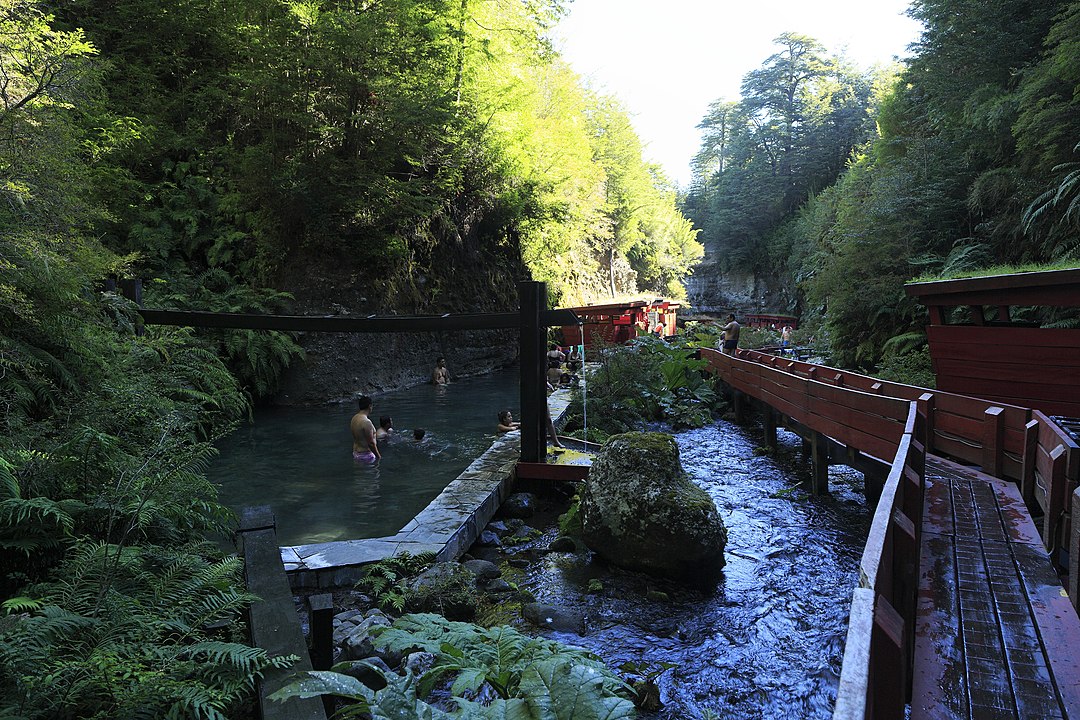
Hidden within the forests near Pucón, the Termas Geométricas are a group of natural hot springs connected by wooden walkways. The pools sit along a narrow gorge with warm water flowing from the rocks. It feels peaceful and private, especially during the early hours or rainy days. The springs are surrounded by moss-covered cliffs and native trees.
The baths vary in temperature, so visitors can choose one that suits them best. Steam rises in the cool air, and red footbridges create a unique look. This is a great place to relax after hiking or volcano tours in the region. Even though it is a paid entrance, the experience remains quiet and personal.

